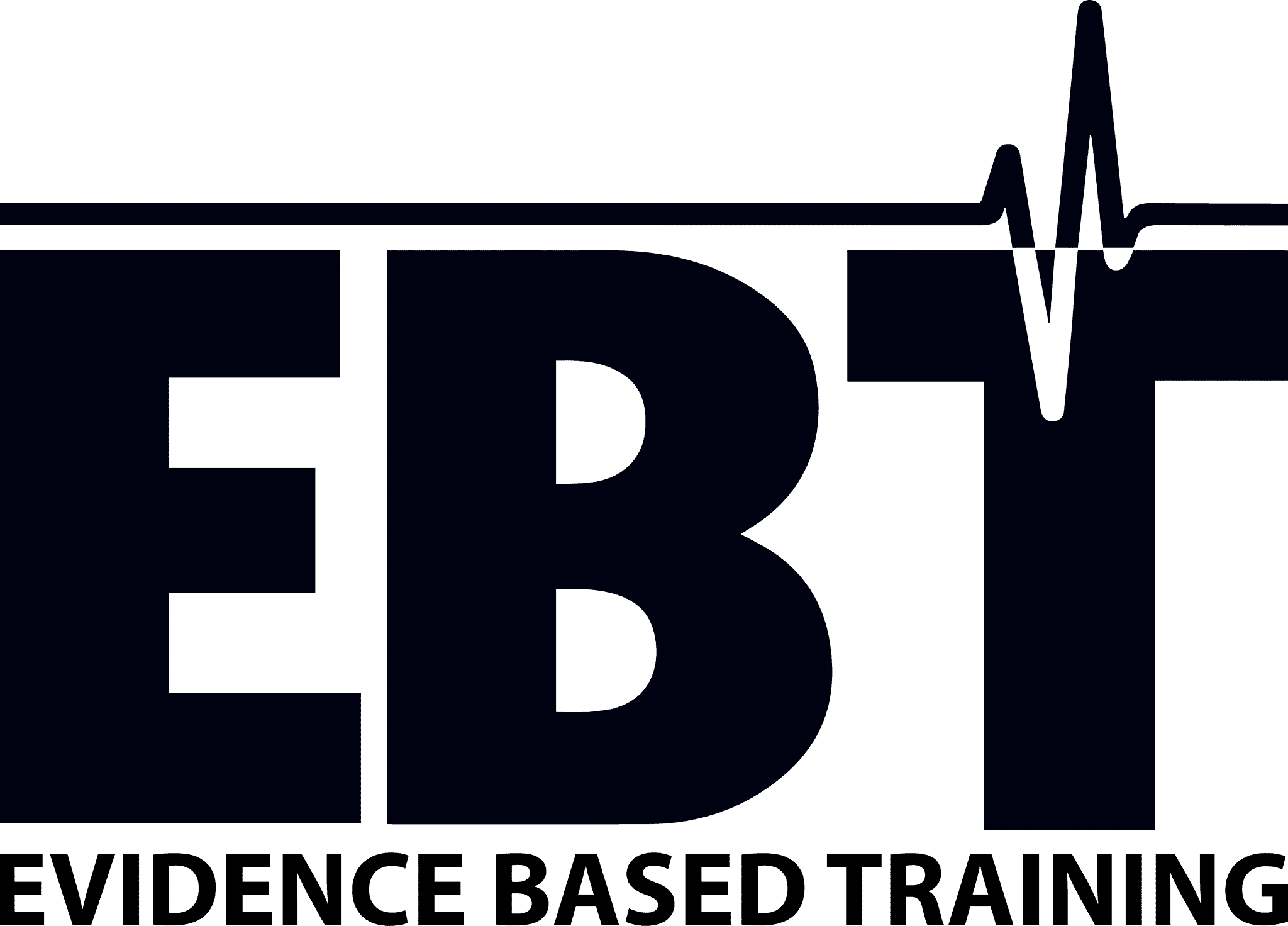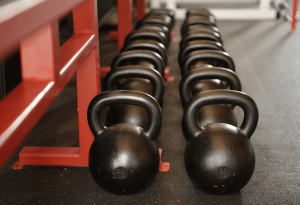DOMS (Delayed Onset Muscle Soreness) is a phenomenon experienced when you perform an exercise you are not used to. We have previously mentioned that it is okay to train with DOMS, albeit that your performance will be reduced up to 24 hours after exercise.
What we want to highlight here is that exercise is one of the most effective ways of reducing DOMS-symptoms, although the pain relief is temporary. This is most likely due to the increase blood flow and removal of waste products from muscle, as well as due to endorphin release during exercise.
For the long term, repeating similar exercises will reduce subsequent episodes of DOMS. Other helpful methods for relief include massage and foam rolling.
CAUTION
If you are unsure of your pain being related to exercise, we recommend you to seek advice from a medical professional.
The Evidence:
1: Cheung, K (2003). Delayed onset muscle soreness : treatment strategies and performance factors. Sports Medicine, 33(2), 145-164.
2: Vila-Chã (2012). Eccentric exercise and delayed onset muscle soreness of the quadriceps induce adjustments in agonist–antagonist activity, which are dependent on the motor task. Experimental Brain Research, 216(3), 385-395
3: Hough, T. (1900). ERGOGRAPHIC STUDIES IN MUSCULAR FATIGUE AND SORENESS. Journal of the Boston Society of Medical Sciences, 5(3), 81-92.
4: Pearcey GE. Foam rolling for delayed-onset muscle soreness and recovery of dynamic performance measures. J Athl Train. 2015 Jan;50(1):5-13.
5: Han JH. Effects of therapeutic massage on gait and pain after delayed onset muscle soreness. J Exerc Rehabil. 2014 Apr 30;10(2):136-40.








